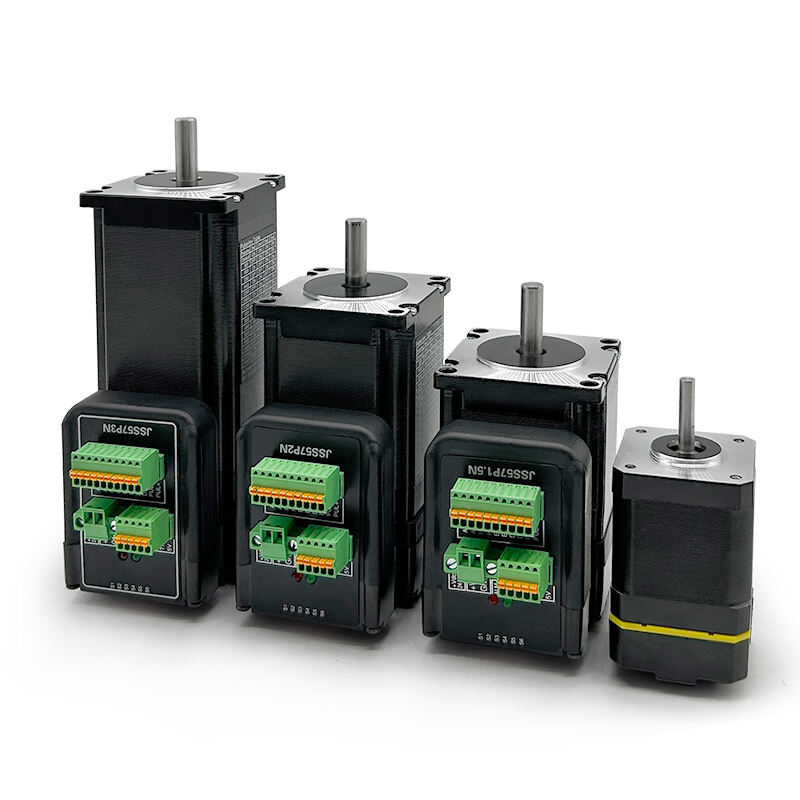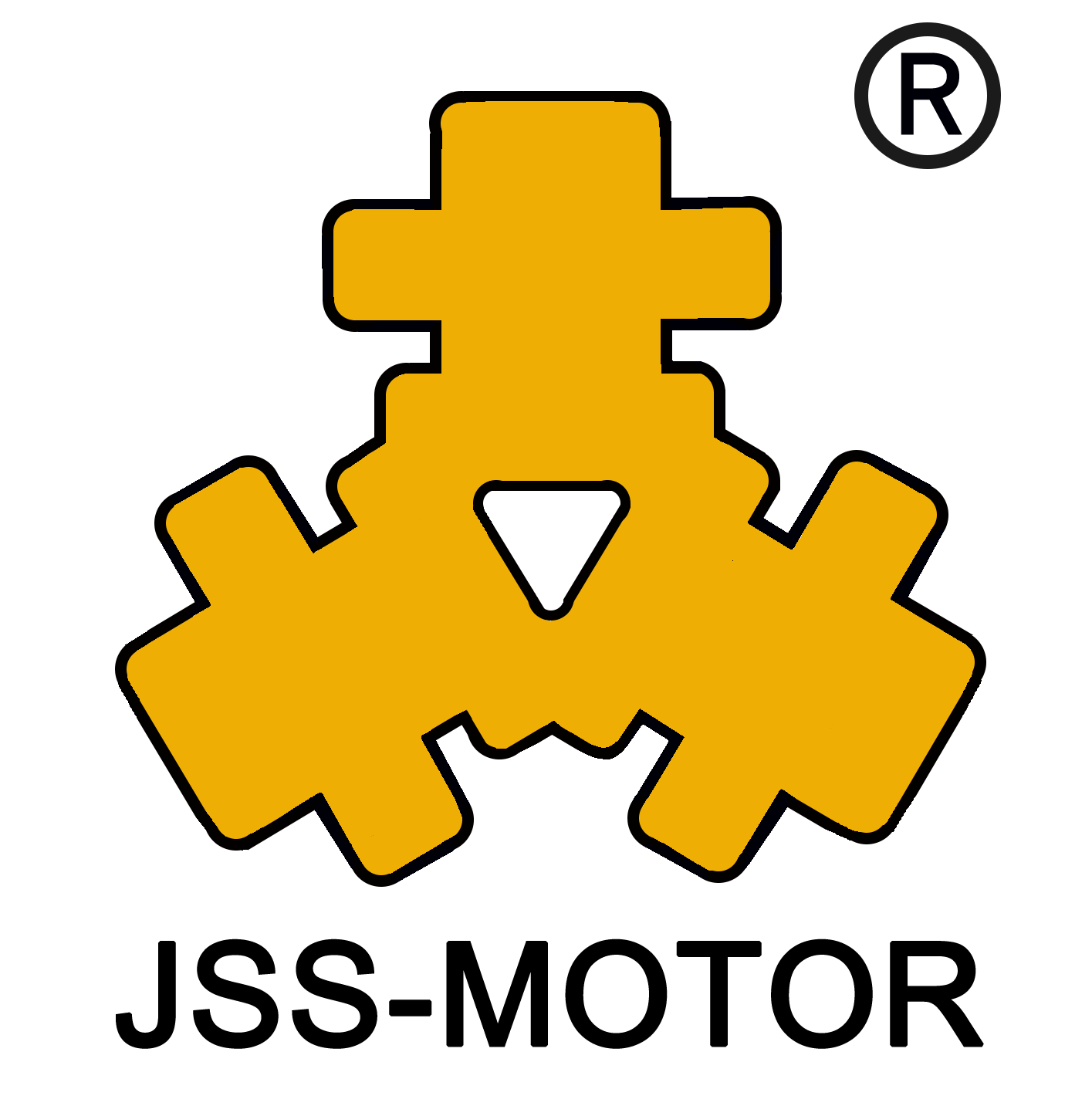How Can Stepper Motor Drivers Be Integrated into IoT Devices for Remote Control?
Introduction to Stepper Motor Drivers in IoT
The Internet of Things (IoT) has transformed the way devices are controlled, monitored, and integrated into larger systems. From smart home appliances to industrial automation, IoT technology enables remote access, data-driven decision-making, and real-time control over connected systems. At the heart of many IoT-enabled machines lies the need for precise motion control. Stepper motor drivers play a central role in this space by powering and regulating stepper motors, which are widely used in applications requiring accurate positioning, repeatable motion, and reliable speed control. Integrating stepper motor drivers into IoT devices opens new possibilities for smart robotics, automated manufacturing, medical devices, agriculture systems, and home automation.
Understanding the Role of Stepper Motor Drivers
What Are Stepper Motor Drivers?
Stepper motor drivers are electronic devices designed to control the operation of stepper motors. They convert low-power control signals into the current and voltage pulses required by the motor’s windings. Functions of stepper motor drivers include current regulation, pulse sequencing, torque management, microstepping, and protection against overcurrent or overheating. Without drivers, stepper motors cannot perform reliably.
Why Are Stepper Motors Important in IoT Devices?
Stepper motors are highly valued in IoT systems because they provide accurate open-loop control, which eliminates the need for complex feedback mechanisms in many cases. They are used in smart 3D printers, automated blinds, robotic arms, surveillance systems, and precision dosing equipment in healthcare. Integrating stepper motor drivers into IoT expands control beyond local commands, allowing remote monitoring and operation via cloud platforms or mobile applications.
The Integration of Stepper Motor Drivers into IoT Systems
Hardware Integration
To integrate stepper motor drivers into IoT devices, proper hardware connections between the driver, motor, controller, and communication module are essential. The driver receives step and direction signals from a microcontroller, which in IoT devices is often connected to Wi-Fi, Bluetooth, Zigbee, or cellular modules. This allows external commands from IoT platforms to translate into motor motion. Compact system-on-chip drivers have made this integration easier, reducing hardware complexity.
Software Integration
Software plays a crucial role in bridging stepper motor drivers and IoT systems. Firmware running on microcontrollers or embedded systems manages the communication protocols, interprets IoT commands, and generates the correct pulse sequences for the driver. APIs and IoT frameworks such as MQTT, CoAP, and HTTP REST are commonly used to transmit motor commands between cloud servers and IoT devices.

Communication Protocols
For remote control, stepper motor drivers must be linked to IoT networks via standard communication protocols. Wi-Fi enables high-speed local and cloud connectivity, Bluetooth supports short-range control through mobile devices, and cellular networks allow global remote access. Industrial IoT applications often use wired protocols like Modbus or CAN bus integrated with Ethernet or RS-485 for reliability.
Use Cases of IoT-Integrated Stepper Motor Drivers
Smart Home Devices
In smart homes, stepper motor drivers control curtain systems, automated blinds, and window actuators. Integration with IoT platforms allows users to schedule, monitor, and adjust movement from their smartphones or through voice assistants.
3D Printing and Fabrication
IoT-enabled 3D printers use stepper motor drivers to control precise movements of print heads and build platforms. Remote monitoring ensures users can start, pause, or adjust prints from anywhere, while cloud-based analytics improve efficiency.
Robotics
Robots in IoT systems rely heavily on stepper motor drivers for motion in arms, wheels, and positioning modules. IoT integration enables remote operation, real-time data feedback, and autonomous decision-making powered by cloud-based AI.
Medical Devices
In the healthcare industry, stepper motor drivers power infusion pumps, diagnostic machines, and robotic surgical tools. IoT integration allows remote monitoring of dosage delivery, performance metrics, and predictive maintenance alerts.
Industrial Automation
Factories use IoT-integrated stepper motor drivers in CNC machines, conveyor systems, and pick-and-place robots. Remote monitoring ensures predictive maintenance, energy optimization, and seamless synchronization with enterprise-level IoT platforms.
Agriculture
Agricultural IoT devices, such as automated irrigation systems and greenhouse controllers, use stepper motor drivers to control valves and positioning systems. Integration enables remote adjustments based on environmental data collected from IoT sensors.
Challenges in Integration
Security Concerns
IoT devices are vulnerable to cyberattacks, and integrating stepper motor drivers into networks increases the risk of unauthorized access. Strong encryption, secure authentication, and firmware updates are essential safeguards.
Latency Issues
Real-time motion control requires low-latency communication. Network delays can cause lag in execution, which may be problematic in robotics or healthcare applications. Edge computing solutions, where data is processed locally before cloud transmission, help mitigate latency.
Power Management
IoT devices are often battery-powered, making energy efficiency crucial. Stepper motor drivers must be optimized to reduce idle current and manage energy consumption without compromising torque or performance.
Compatibility Across Devices
IoT ecosystems often include devices from multiple manufacturers. Ensuring compatibility between stepper motor drivers, microcontrollers, and IoT frameworks requires adherence to open standards and careful system design.
Best Practices for Integrating Stepper Motor Drivers into IoT
Selecting the Right Driver
Choosing stepper motor drivers with built-in communication interfaces or low standby power modes simplifies IoT integration. Closed-loop drivers may be preferred in applications requiring higher accuracy.
Using Modular IoT Platforms
IoT platforms that support modular integration make it easier to connect stepper motor drivers. Platforms like AWS IoT, Microsoft Azure IoT, or Google Cloud IoT provide APIs for remote monitoring and control.
Implementing Edge Computing
Incorporating edge computing allows IoT devices to process data locally, ensuring that time-critical commands are executed instantly while still providing overall monitoring through the cloud.
Prioritizing Security
IoT integration should always include secure protocols, encrypted communication, and regular firmware updates to protect stepper motor drivers from malicious interference.
Future Trends in IoT and Stepper Motor Driver Integration
The future of stepper motor drivers in IoT lies in smarter, more autonomous systems. AI-driven IoT platforms will analyze data from connected stepper drivers to predict wear, optimize energy use, and automatically adjust motion parameters. Wireless stepper motor drivers are emerging, reducing wiring complexity in IoT-enabled environments. Furthermore, with the growth of 5G, ultra-low-latency connectivity will make real-time remote control of stepper motor drivers in critical applications like robotics and healthcare more practical and reliable.
Conclusion
Integrating stepper motor drivers into IoT devices enables remote control, real-time monitoring, and data-driven optimization across industries. By combining precise motion control with the connectivity of IoT, applications ranging from smart homes to industrial automation can achieve higher efficiency, flexibility, and scalability. While challenges such as latency, power management, and security remain, advancements in edge computing, AI, and communication protocols are paving the way for seamless integration. The evolution of IoT-enabled stepper motor drivers will continue to redefine automation, bringing smarter, more adaptive control to everyday devices and complex industrial systems alike.
FAQ
Why are stepper motor drivers important in IoT devices?
They provide precise motion control that can be remotely managed through IoT networks, enabling applications in automation, robotics, and healthcare.
Can stepper motor drivers work directly with Wi-Fi modules?
Yes, many modern stepper motor drivers can interface with microcontrollers connected to Wi-Fi modules for seamless IoT integration.
What communication protocols are most common in IoT-enabled stepper motor systems?
Wi-Fi, Bluetooth, Zigbee, and cellular networks are common, while industrial systems often use RS-485, Modbus, or CAN bus.
How can latency issues be reduced in IoT stepper motor control?
Latency can be minimized using edge computing, where processing is done locally, reducing reliance on cloud communication for real-time commands.
Are closed-loop stepper motor drivers better for IoT devices?
Closed-loop drivers provide feedback and improve reliability, making them suitable for critical IoT applications where missed steps cannot be tolerated.
How do IoT platforms connect with stepper motor drivers?
Platforms use APIs and protocols such as MQTT or HTTP to send commands, which are interpreted by the microcontroller and executed by the driver.
What role does security play in IoT integration?
Security is critical, as connected stepper motor drivers could be vulnerable to hacking. Encryption, secure authentication, and updates help mitigate risks.
Can stepper motor drivers in IoT devices save energy?
Yes, modern drivers feature adaptive current control and idle power reduction, which optimize energy use in battery-powered IoT systems.
What industries benefit most from IoT-integrated stepper motor drivers?
Industries such as 3D printing, robotics, medical devices, smart homes, agriculture, and industrial automation see the most benefits.
How will 5G impact IoT and stepper motor driver integration?
5G will enable ultra-low-latency communication, making real-time remote control of stepper motor drivers more reliable in advanced robotics and healthcare.
Table of Contents
- Introduction to Stepper Motor Drivers in IoT
- Understanding the Role of Stepper Motor Drivers
- The Integration of Stepper Motor Drivers into IoT Systems
- Use Cases of IoT-Integrated Stepper Motor Drivers
- Challenges in Integration
- Best Practices for Integrating Stepper Motor Drivers into IoT
- Future Trends in IoT and Stepper Motor Driver Integration
- Conclusion
-
FAQ
- Why are stepper motor drivers important in IoT devices?
- Can stepper motor drivers work directly with Wi-Fi modules?
- What communication protocols are most common in IoT-enabled stepper motor systems?
- How can latency issues be reduced in IoT stepper motor control?
- Are closed-loop stepper motor drivers better for IoT devices?
- How do IoT platforms connect with stepper motor drivers?
- What role does security play in IoT integration?
- Can stepper motor drivers in IoT devices save energy?
- What industries benefit most from IoT-integrated stepper motor drivers?
- How will 5G impact IoT and stepper motor driver integration?

